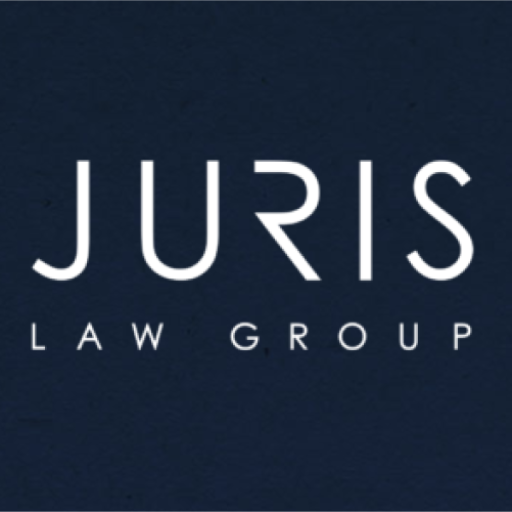
Developing a Corporate Social Responsibility (CSR) framework that aligns with food law is essential for food and beverage companies to ensure legal compliance and build a positive brand image. By integrating CSR into their business practices, companies can demonstrate their commitment to ethical, sustainable, and responsible operations, while also meeting the growing expectations of consumers, investors, and regulators.
Here’s a step-by-step guide to creating a comprehensive CSR framework that is fully aligned with food law:
1. Understand Relevant Food Laws and Regulations
The first step in developing a CSR framework aligned with food law is to gain a deep understanding of the relevant regulations that apply to your business. This includes:
- Food Safety Regulations: Ensure that your products meet all safety standards set by local, national, and international authorities, such as the FDA in the United States or the European Food Safety Authority (EFSA) in the EU.
- Labeling Requirements: Comply with regulations related to ingredient labeling, nutritional information, and any specific claims (e.g., organic, non-GMO) on your product packaging.
- Environmental Regulations: Understand the environmental impact of your operations and ensure compliance with laws related to waste management, pollution control, and sustainable sourcing.
- Labor Laws: Adhere to labor standards, including fair wages, working hours, and workplace safety, as mandated by local and international labor laws.
2. Identify Key CSR Focus Areas
Once you have a clear understanding of the legal requirements, identify the key areas where your CSR efforts will have the most significant impact. Common focus areas for food and beverage companies include:
- Sustainable Sourcing: Commit to sourcing ingredients ethically and sustainably, such as using fair trade products, supporting local farmers, and avoiding suppliers engaged in deforestation or other harmful practices.
- Food Waste Reduction: Implement initiatives to minimize food waste throughout your supply chain, from production and distribution to retail and consumer use.
- Nutrition and Health: Promote healthy eating habits by offering nutritious products, providing transparent nutritional information, and supporting initiatives to combat obesity and malnutrition.
- Community Engagement: Invest in the communities where you operate, through philanthropy, volunteer programs, and partnerships that address local needs.
- Environmental Stewardship: Reduce your environmental footprint by implementing sustainable practices, such as energy efficiency, water conservation, and responsible packaging.
3. Set Clear CSR Goals and Targets
Define specific, measurable, and time-bound goals for each of your chosen CSR focus areas. For example, you might aim to:
- Reduce water usage by 20% in your production facilities within the next three years.
- Source 100% of a key ingredient from certified sustainable suppliers by 2025.
- Donate 1% of annual profits to community development projects in regions where your products are sold.
- Achieve a 30% reduction in food waste across your supply chain by 2023.
Setting clear targets will help you track your progress and demonstrate the effectiveness of your CSR initiatives.
4. Integrate CSR into Business Operations
Ensure that CSR is fully integrated into your company’s day-to-day operations, rather than being treated as a separate, standalone initiative. This may involve:
- Updating procurement policies to prioritize ethical sourcing and sustainable practices.
- Training employees at all levels on the importance of CSR and their role in achieving company goals.
- Implementing new production processes or technologies to reduce waste and minimize environmental impact.
- Collaborating with suppliers, distributors, and other business partners to ensure they also adhere to your CSR standards.
5. Monitor and Report on CSR Performance
Establish robust monitoring and reporting mechanisms to track your CSR performance against the set goals. This may involve:
-
- Regular audits of your operations, supply chain, and product quality to ensure compliance with legal and CSR standards.
- Collecting data on key performance indicators (KPIs) related to sustainability, such as energy usage, waste generation, and social impact metrics.
- Preparing annual CSR reports that transparently communicate your achievements, challenges, and future plans to stakeholders, including customers, investors, and regulators.
6. Engage with Stakeholders
Engage with a wide range of stakeholders, including:
-
-
- Customers: Communicate your CSR efforts through marketing, product labeling, and customer education, and solicit feedback on how to improve.
- Employees: Involve your workforce in CSR initiatives, listen to their ideas, and recognize and reward their contributions to sustainability and social responsibility.
- Investors: Demonstrate the long-term value of your CSR commitments and how they contribute to financial performance and risk management.
- Regulators and NGOs: Proactively engage with regulators and non-governmental organizations to ensure that your CSR programs align with legal requirements and industry best practices.
-
7. Continuously Improve and Adapt
CSR is an ongoing process that requires continuous improvement and adaptation to changing circumstances. Regularly review your CSR framework and make adjustments based on new regulations, emerging trends, stakeholder feedback, and the evolving needs of society.
By following this step-by-step framework, food and beverage companies can develop a comprehensive CSR program that not only meets legal obligations but also enhances brand reputation, fosters trust with consumers, and contributes to a more sustainable and responsible food industry.
